ARTICLE AD BOX
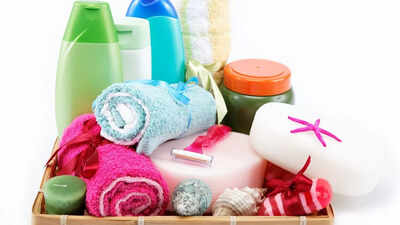
Maintaining personal hygiene goes beyond daily washing, it relies on using clean, effective tools. Everyday items like loofahs, towels, razor blades, hair brushes, and toothbrushes can harbour bacteria, fungi, and other microbes if not replaced regularly.
Over time, they lose effectiveness, increasing the risk of skin irritation, infections, or dental issues. Worn-out or contaminated products may also compromise your hygiene routine, making cleaning and grooming less effective. Understanding the proper replacement schedule for these essentials is crucial to protect your health, ensure safety, and maintain optimal performance. Regularly updating these tools keeps you clean, healthy, and safe.
Why replacing personal care items matters
Personal care items come into daily contact with our skin, hair, and mouth. Over time, they can become breeding grounds for bacteria, fungi, and other microbes. Worn-out items may also lose functionality, for example, dull razors can cause cuts, frayed toothbrush bristles fail to clean teeth properly, and old loofahs harbor bacteria. Replacing these essentials at the right intervals protects your health, prevents infections, and ensures that your hygiene routine remains effective.
Understanding the ideal replacement schedule and care tips for each product helps maintain both safety and efficiency.
7 common personal care items you should replace regularly for personal hygiene
1. Loofahs and bath sponges
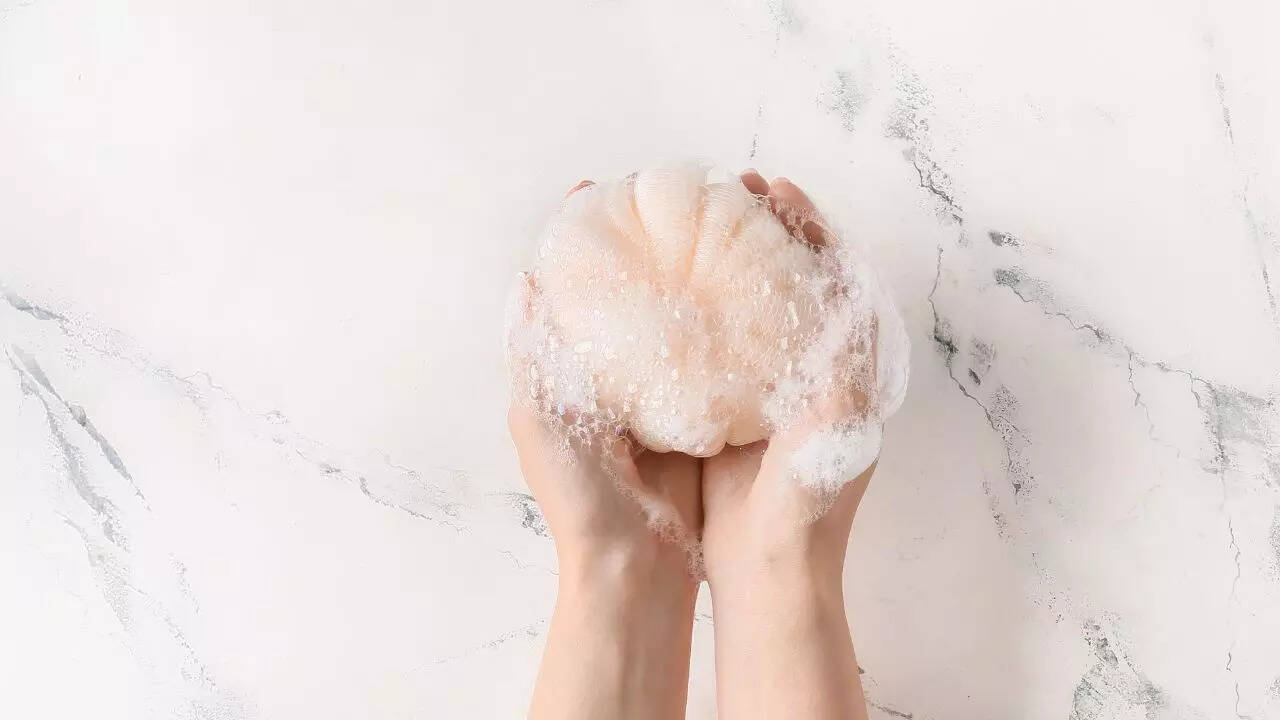
Loofahs and natural sponges are porous, retaining moisture and creating the perfect environment for bacteria and mold growth. Using them past their lifespan can increase the risk of skin infections or irritation.Rinse thoroughly after each use, hang to dry in a well-ventilated area, and replace monthly for optimal hygiene.Replacement frequency: Every 3-4 weeks2. Towels
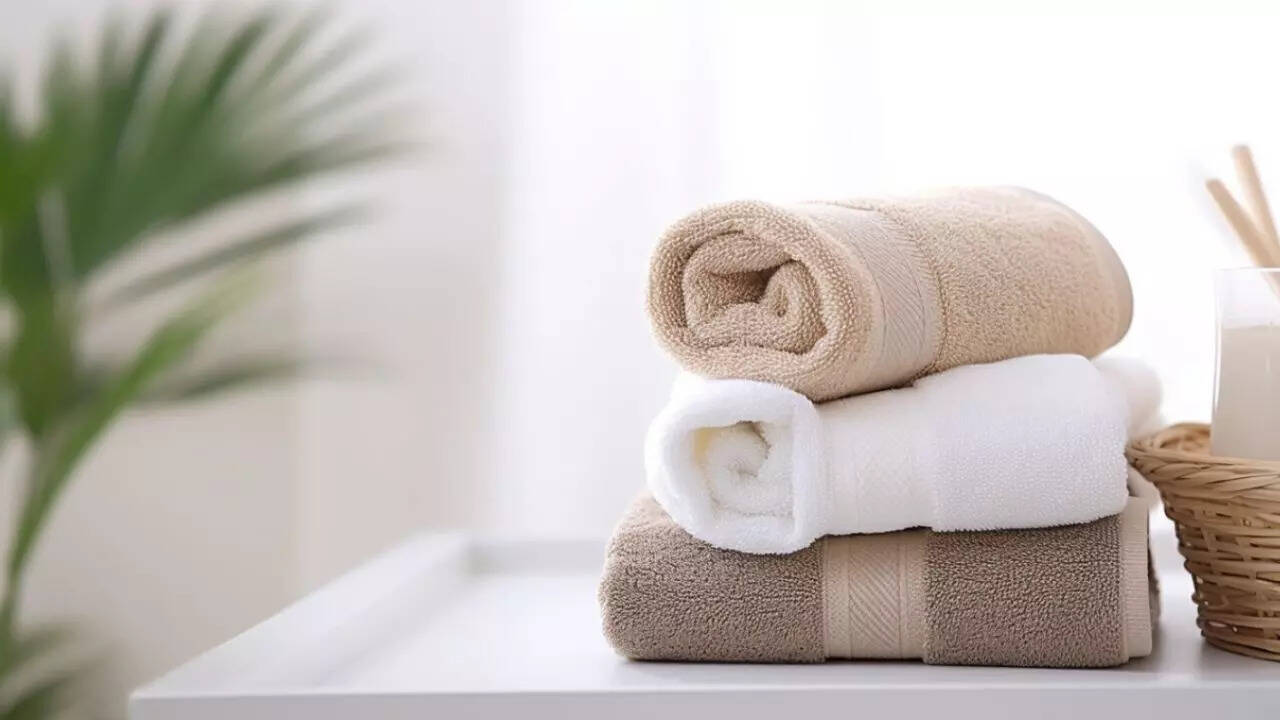
Towels absorb water and can accumulate bacteria, mold, and mildew. Over time, they lose absorbency and may irritate the skin.Wash towels after every 3 uses, dry completely before reuse, and replace every couple of years or sooner if showing signs of wear.Replacement frequency: Every 1-3 years3. Toothbrushes

Toothbrushes lose effectiveness over time as bristles fray and can harbor bacteria.
Using an old toothbrush may compromise oral hygiene and cause gum irritation.Rinse thoroughly after use, store upright to air-dry, and replace every three months, or sooner if bristles wear out.Replacement frequency: Every 3 months4. Razor blades
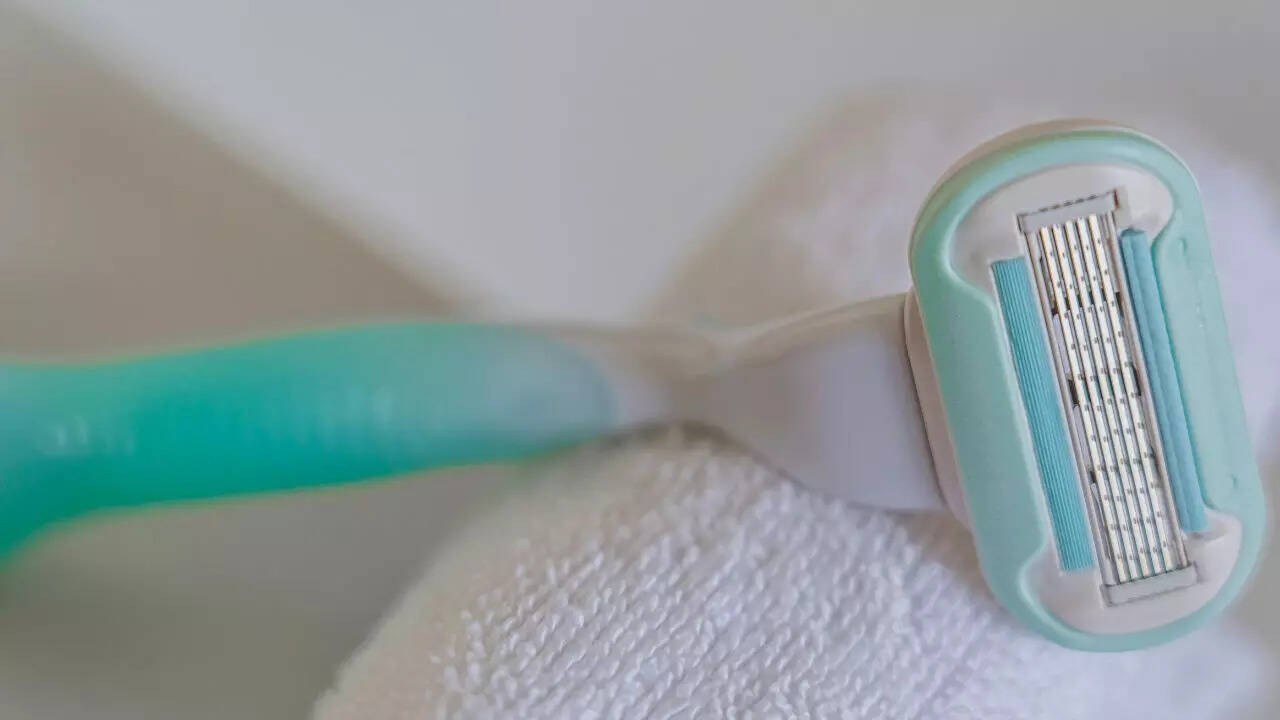
Dull blades can cause nicks, cuts, and skin irritation while also collecting bacteria, increasing infection risk.Store razors in a dry place to prevent rusting. Replace immediately if the blade begins to tug at the skin or feels dull.Replacement frequency: Every 5-7 uses5. Hair brushes
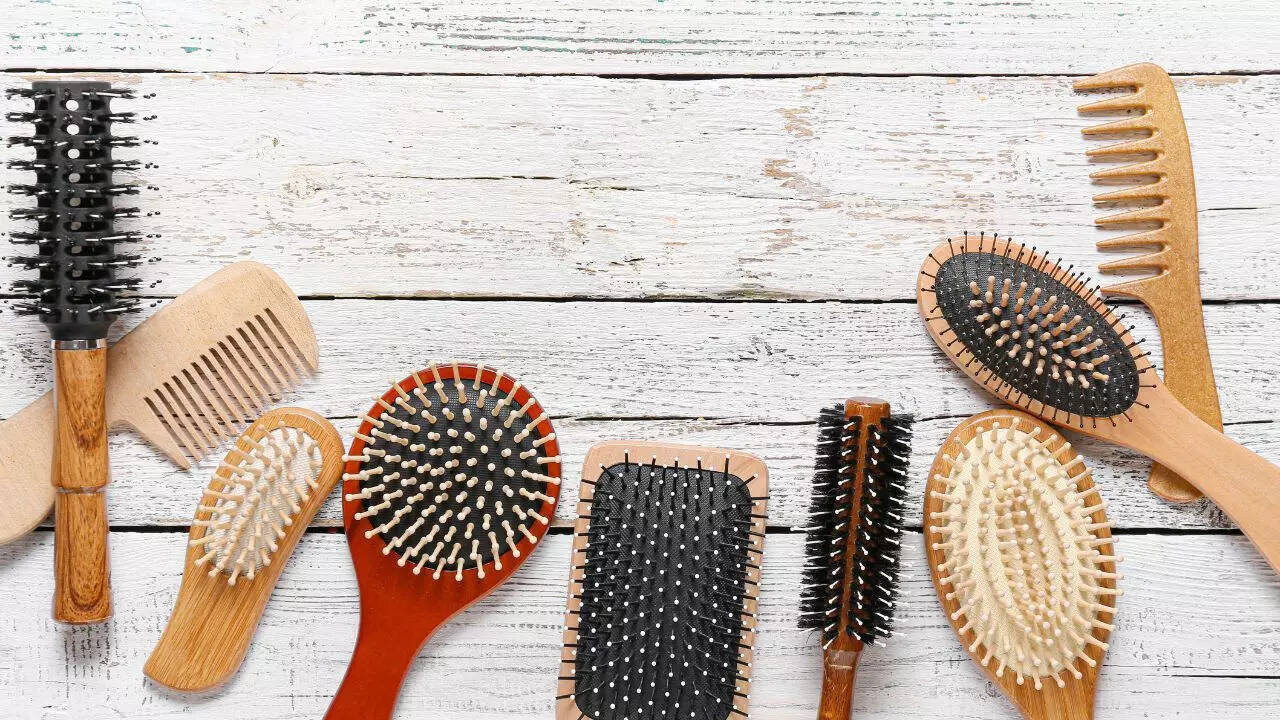
Hair brushes collect hair, oils, and product residue, which can cause scalp issues or hair breakage.Remove hair strands regularly and wash brushes monthly with warm, soapy water. Replace when bristles bend, break, or show damage.Replacement frequency: Every 1–2 years6. Makeup sponges
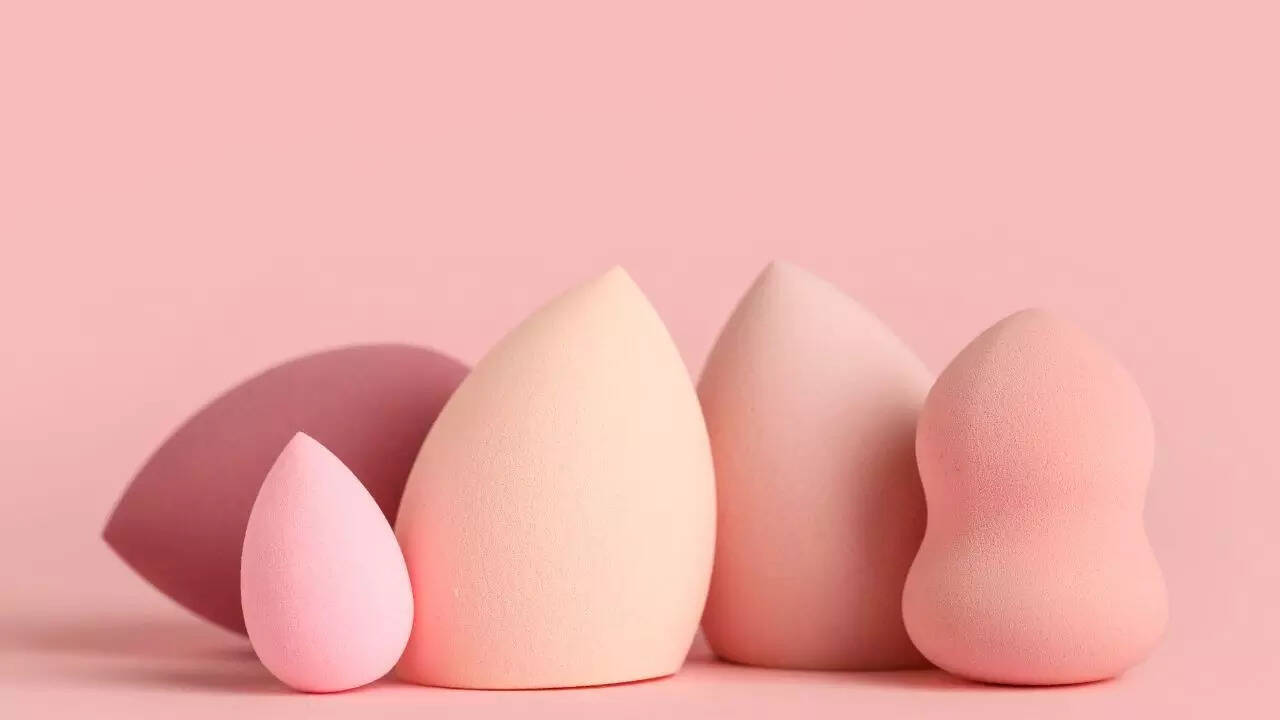
Makeup sponges absorb foundation, powders, and bacteria. Using old or damp sponges can cause acne breakouts or skin infections.Wash sponges after every use with gentle soap, air-dry completely, and replace every few months or sooner if they tear or become discoloured.Replacement frequency: Every 1-3 months depending on use7. Makeup brushes
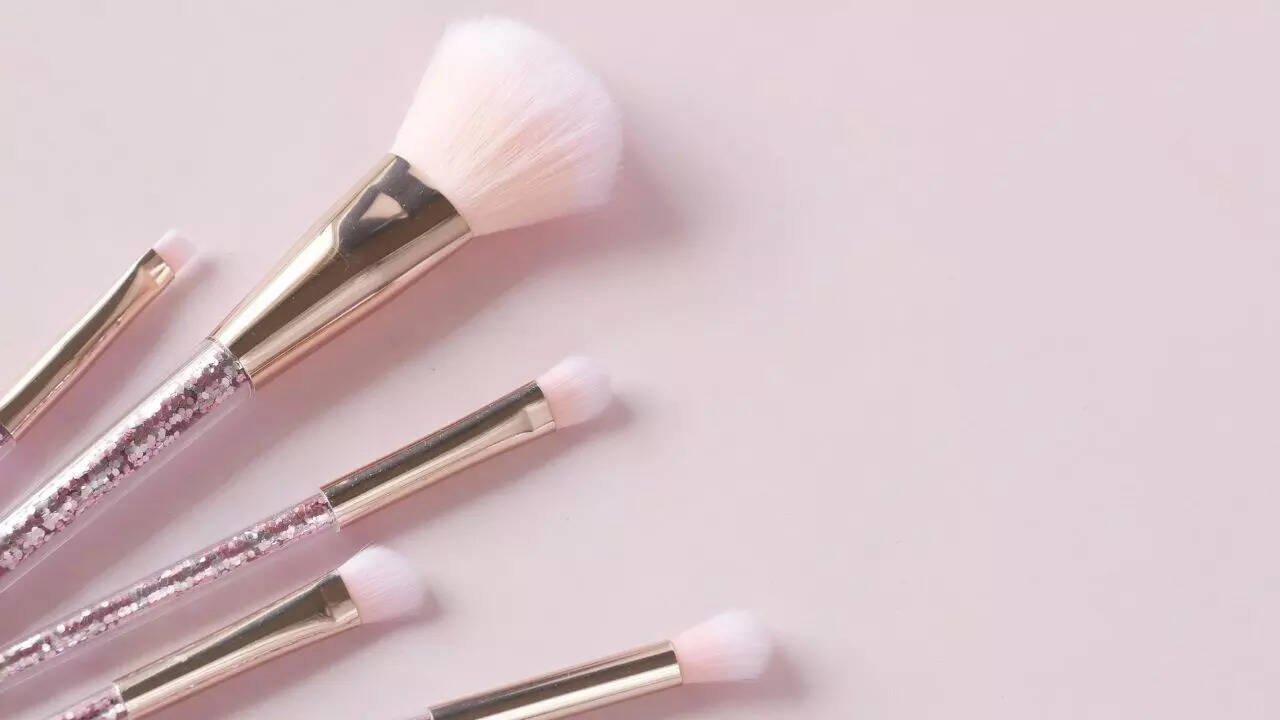
Makeup brushes accumulate oils, dead skin, and bacteria over time. Old brushes may transfer bacteria to the skin, causing breakouts or irritation.Clean brushes weekly with mild soap or brush cleaner, reshape bristles after washing, and replace when bristles lose shape or shed excessively.Replacement frequency: Every 6-12 months



.png)
.png)
.png)
















 1 day ago
2
1 day ago
2







 English (US) ·
English (US) ·